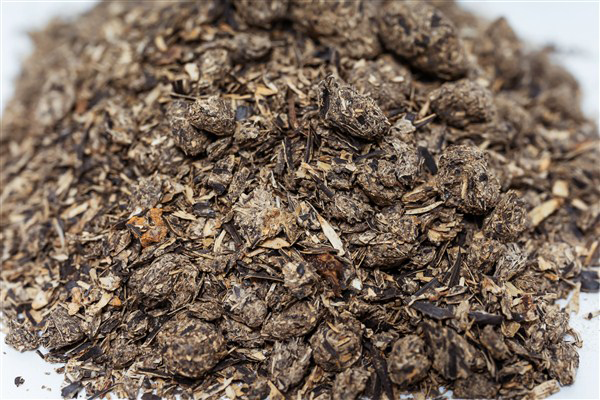Feed products
Soy shale
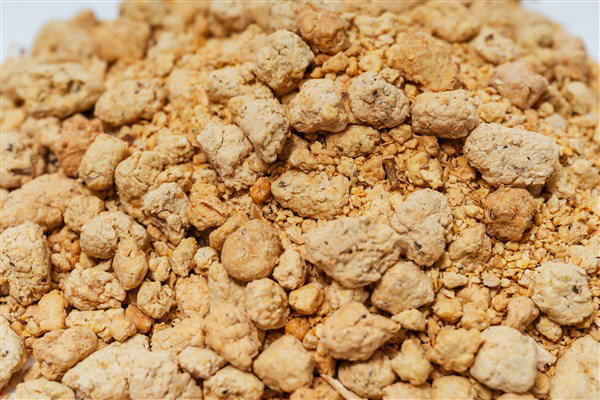
Feeding soy shale is a valuable feeding stuff which contains proteins, carbohydrates, lipids. It is used during its direct addition to the animals’ ration, and it is also a valuable raw material in feed compounds industry. Soy shale can partially and sometimes completely replace fish flour and other expensive protein resources in the ration of fresh-water and sea fish because its amino acid composition completely matches the needs of many types of fish. Soy shale contains a wide variety of mineral substances, amino acids and proteins. It is used as the base for many feeding compounds. It is one of the most quality vegetable-based products for feeding farm livestock. Soy shale is digested well, and in its biological value it is close to animal-based proteins. It is recommended to introduce up to 35% of soy shale to the main ration of all types of livestock, poultry and fish. The application of soy shale in cattle breeding, poultry and fishing industry allows for significant savings in expensive feedstuff, at the same time it provides high energy feedstuff with a high content of vegetable-based protein for fish, poultry and animals. Soy shale is well digested and in its bioavailability it is as good as animal-based protein. Due to the above mentioned properties soy shale provides growth gain of young growth, increase of milk yield and significantly increases the quality of milk. Because it contains a number of amino acids such as lysine, threonine, tryptophane, isoleucine, soy shale strengthens immunity and, as a result, decreases morbidity and mortality of animals.
Cottonseeds shale
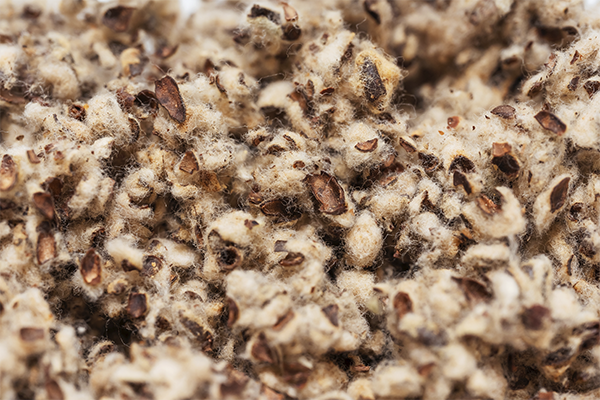
Cottonseed shale is the product of cottonseeds processing, and the main purpose of cottonseed shale is its use in feeding in cattle breeding and poultry industry. It is perfect as a component of feed compounds and feed compound mixes. Cottonseed shale is also used in growing mushrooms so beloved of all because it is a component of the substrate for their growing. Cottonseed shale is characterized by its rich chemical composition, it comprises about 60% of crude fiber which provides an enormous affect on the body cleansing from toxic substances, mutagens and carcinogens (waste, toxins, salts of heavy metals, pesticides) due to the excellent adsorbing properties of fiber. It is important to note that the composition of cottonseeds shale depends on the sort of cottonseeds, particularly, the content of lignin varies from and 21-2820 to 31 pentosans. Moreover, cottonseeds shale is a raw material in the production of xylite, a carbohydrate used as a dietary product in feeding of those who suffer from diabetes, or those who lead a healthy life. Cottonseed shale produced during the production of cottonseed oil is a safe by-product because its high quality cleaning from different impurities (metallic impurities and organic waste).
Safflower shale

Safflower shale is used as a vegetable-based protein addition to the main ration in animals feeding, and it can partially replace cottonseed shale. With the content of fiber of 30-37% it is a source of protein whose content is over 18%, as well as calcium, phosphorus and iron. Fiber which is contained in high quantities in safflower shale cleanses the digestive tract of animals, it removes the source of derangement of hepatic metabolism. In the content of vitamins safflower shale stands above soy shale.
Cotton extraction cake
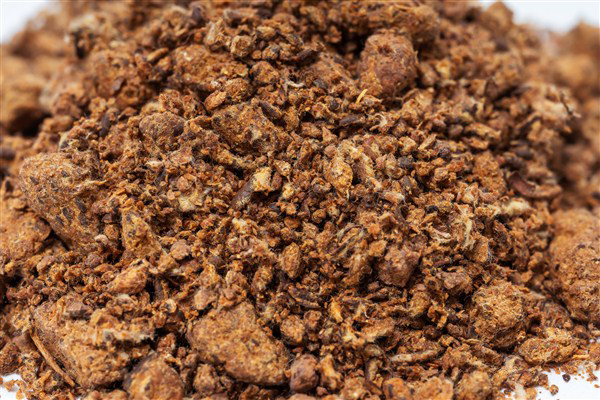
Cotton extraction cake is the by-product generated during processing of cottonseeds. Cotton extraction cake is a feed stuff and represents a valuable source of proteins (over 40%) which is used as an independent feed stuff in the ration of fattening. The presence of a great part of vegetable protein in cotton extraction cake in the combination with vitamins of B group provides its exclusive feeding power which is particularly valuable in young stock feeding. Cotton extraction cake is used also for the production of feed compounds and feed compound mixes, it has nutritional properties for cattle and provides minimum terms of cattle feeding.
Rapeseed shale
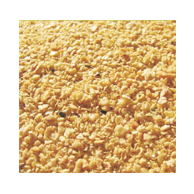
Rapeseed toasted shale is a valuable source of high quality feeding protein (up to 37-43% of valuable protein) which is well-balances in amino acids; it has a high feeding power and digestiblity. In the level of amino acids content, mainly essential amino acids rapeseed is close to soy. Bioavailability of rapeseed protein is 86%. Due to a high content of protein and sulfur-containing amino acids rapeseed shale can be successfully used in the production of feeding compounds with the balanced amino acids content and functional purpose. In energy value (10,4 MJ of metabolizable energy) rapeseed shale is as good as sunflower shale (10,6 MJ, respectively). In the content of calcium, phosphorus, magnesium, copper and manganese rapeseed cake and rapeseed shale exceed soy ones. Calcium availability in them is 68%, phosphorus availability is 75%, magnesium availability is 62%, manganese availability is 54%, copper availability y is 74%, zinc availability is 44%. Rapeseed shale contains high quantities of choline, niacin, riboflavin, folic acid and thiamin.
Page 1 of 2


